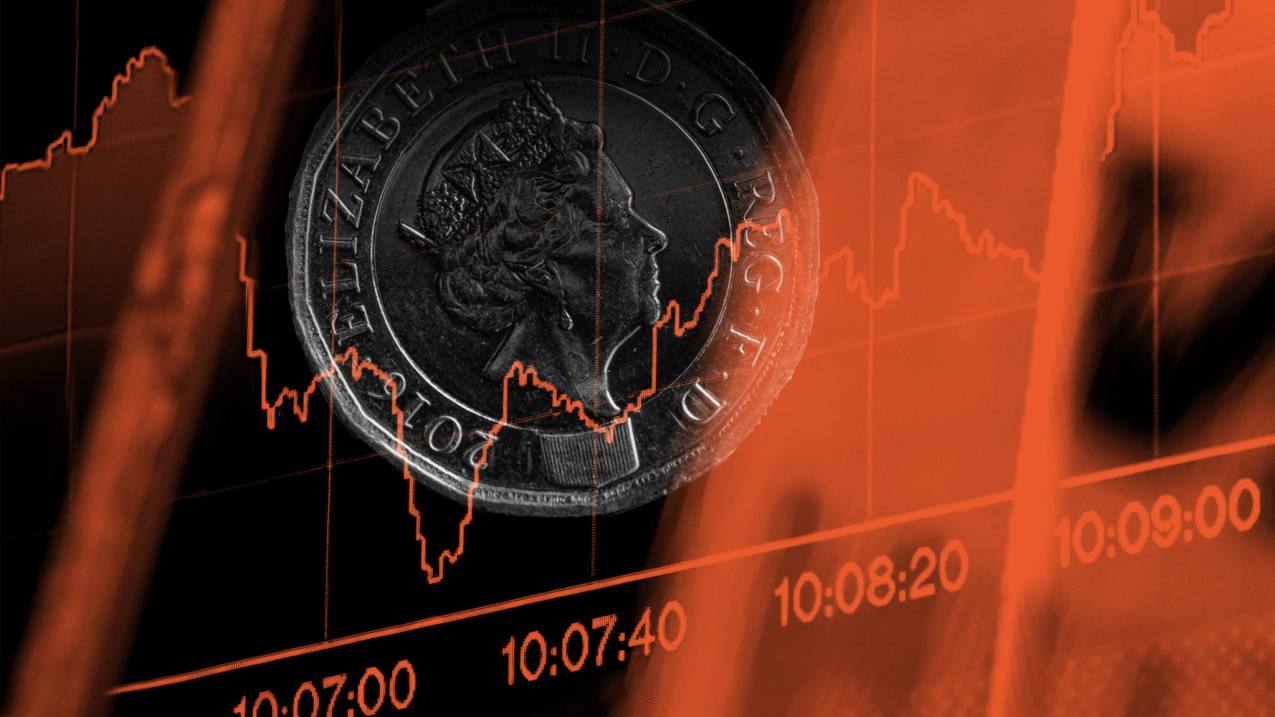Artemis’ Grace Le, co-manager of the Artemis Corporate Bond fund, discusses how fixed income managers analyse the different types of risk and return that different types of bonds can offer investors.
1. Are default rates unusually high at present; how do you think about exposure to credit risk in the current market?
With default rates around historic lows, it’s impossible to deny that we are due a pick-up in defaults. But before we panic, we need to consider a couple of things.
Firstly, the quality of the high yield index has been improving. Whereas BB credits – those just under investment grade – used to make up around 35% of the index, they make up close to 60% today. More interestingly, BB- and B-rated bonds have seen their respective default rates declining over the last 30 years. This was supported by an accommodative monetary policy which facilitated company financing.
There is an argument to be made that given elevated inflation, central banks will have less appetite to pacify risk markets through quantitative easing. Instead, we have seen a rise in fiscal intervention to support the economy. We only have to look to the pandemic or the cost-of living crisis that we are experiencing now to see the extraordinary measures that governments around the world are taking to support the economy.
We expect default rates to rise from their current floor but with companies broadly in better shape than they were two decades ago and with governments’ willingness to resort to unconventional measures to prop up the wider economy, we don’t expect a meaningfully worse default cycle. Current valuations are reflecting a lot of negative sentiment, but we think we are being compensated for the risk.
2. How is credit risk measured by the market and how does it differ in different areas of the bond market?
Risk in fixed income markets is largely made up of interest rate risk and credit risk. Interest rate risk (duration) is largely concerned with government bonds (risk-free rates). If you buy gilts for example, you are effectively lending to the UK government which is considered risk-free.
If you buy a corporate bond (a bond issued by a company, rather than the government), there is theoretically a higher risk of default and investors would want to be compensated for that. This extra risk (and compensation) for investing in a company rather than a government is what we refer to as credit risk.
High quality companies (investment grade companies) which have a lower rate of default would have lower credit risk than a high yield company (lower rated by the credit rating agencies).
3. How is the yield on a bond influenced by credit risk?
The riskier the company, the more likely it is not able to make payments on its coupons or worse, go into default. As bonds issued from these companies have more risk, an investor would demand a higher rate of return for lending to such a company. A higher required rate of return means that the yield on a bond issued by a riskier company would be higher than the yield of a bond issued by a lower risk company.








